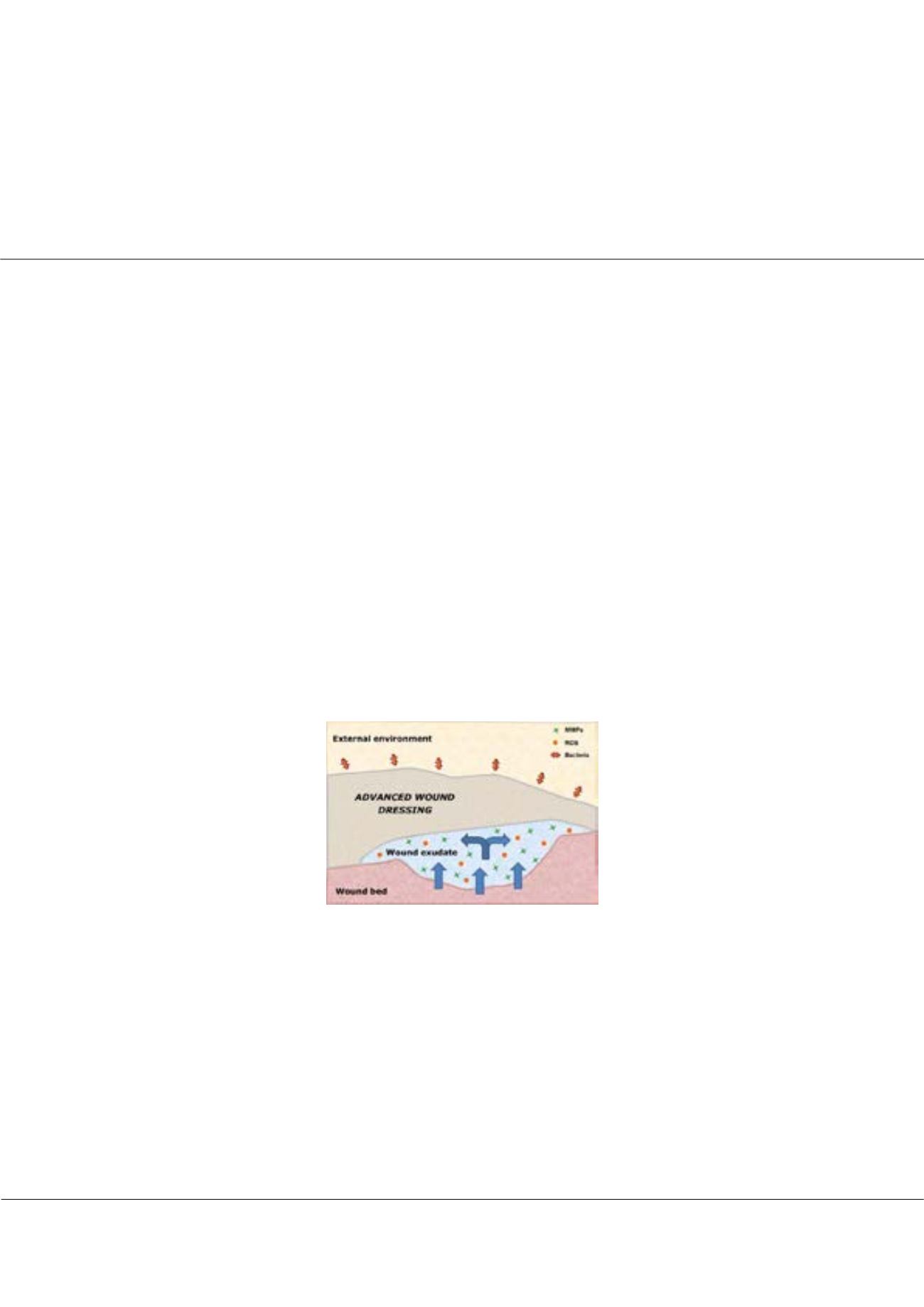

Page 90
conferenceseries
.com
Volume 8
Journal of Biotechnology and Biomaterials
ISSN: 2155-952X
Biomaterials 2018
March 05-06, 2018
March 05-06, 2018 | Berlin, Germany
3
rd
Annual Conference and Expo on
Biomaterials
Photoactive type I (atelo) collagen as building block of advanced wound dressings
Giuseppe Tronci
University of Leeds, UK
T
he trends in diabetic occurrence and aging populations impose a heavy economic burden on healthcare providers
worldwide [1]. Diabetic wounds suffer from delayed healing, and can soon become infected, chronic ulcers. If not
treated timely, they can lead to gangrene, haemorrhage and lower-extremity amputations, potentially resulting in permanent
disabilities and pain for patients. Advanced wound dressings have been commercialized to respond to the pressing needs of
an increasing diabetic population. However, control of the wound microenvironment and matrix metalloproteinase (MMP)
activity is still only partially accomplished, resulting in economically unaffordable healing times. Here, type I photoactive
(atelo)collagen was synthesized and explored as a building block of factor-free advanced wound dressings with customisable
macroscopic properties and integrated wound-regulating functionalities. Covalent functionalization of rat tail collagen with
photoactive compounds, e.g. 4-vinylbenzyl chloride, was initially confirmed (by
1
H-NMR, TNBS colorimetric assay, and
circular dichroism) to prompt the synthesis of UV-induced networks of collagen triple helices [2, 3]. The type and degree of
collagen functionalization governed the structure-property relationships, whereby the averaged swelling ratios (
SR
: 707-1600
wt.%), bulk compressive (
Ec
: 15-129 kPa) and atomic force microscopy (AFM) elastic moduli (
E
AFM
: 16-387 kPa) could be
adjusted [4]. Obtained network configurations proved key to control the activity of MMP-9
in vitro
, with respect to a leading
dressing product. This synthetic route was successfully transferred to minimally-antigenic, telopeptide-free type I collagen
[5], resulting in comparable water-swollen atelocollagen networks. Preclinical investigations in a full-thickness wound model
in diabetic mice proved the accelerated healing capability of this collagen system with respect to a commercial polyurethane
dressing [6].
Figure 1: Design concept of an advanced wound dressing regulating wound exudate levels at the macroscopic scale, as well as pH and
overexpressed MMPs and ROS at the biochemical level.
Recent publications
1. Vowden P, Vowden K (2016) The economic impact of hard-toheal wounds: promoting practice change to address
passivity in wound management. Wounds International 7:10.
2. Tronci G, Russell SJ, Wood DJ (2013) Photo-active collagen systems with controlled triple helix architecture. Journal of
Materials Chemistry B 1: 3705.
3. Holmes R, Yang X, Dunne A, Florea L, Wood D, wt al. (2017) Thiol-ene photo-click collagen-PEG hydrogels: impact of
water-soluble photoinitiators on cell viability, gelation kinetics and rheological properties. Polymers 9 (6): 226.
4. Tronci G, Grant C A, Thomson N H, Russell S J and Wood D J (2015) Multi-scale mechanical characterization of highly
swollen photo-activated collagen hydrogels. Journal of the Royal Society Interface 12:102.
Giuseppe Tronci, J Biotechnol Biomater 2018, Volume 8
DOI: 10.4172/2155-952X-C1-088
















